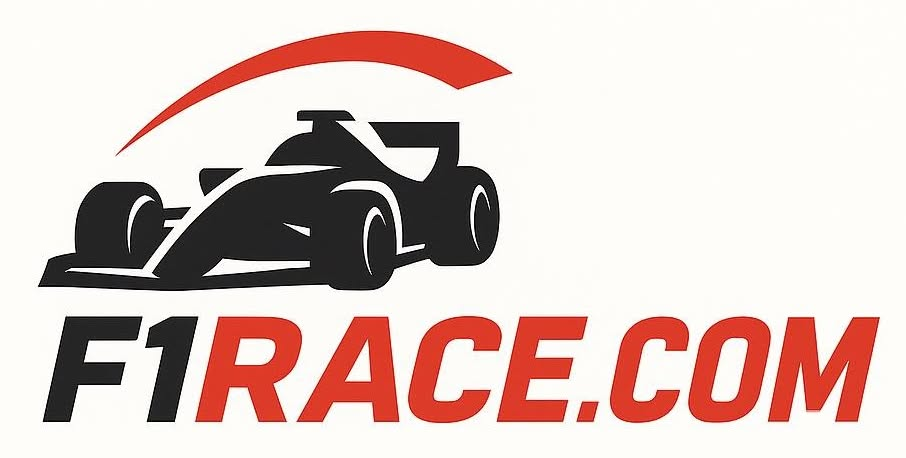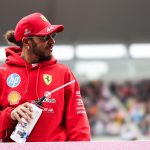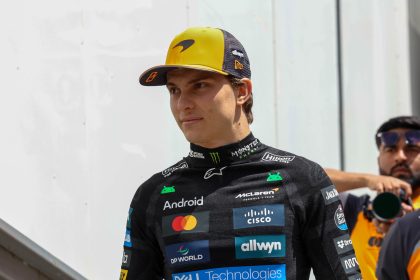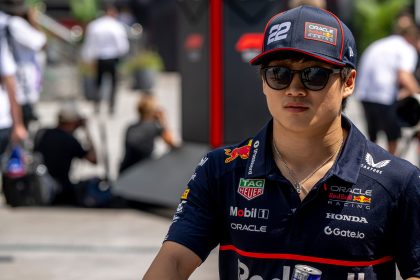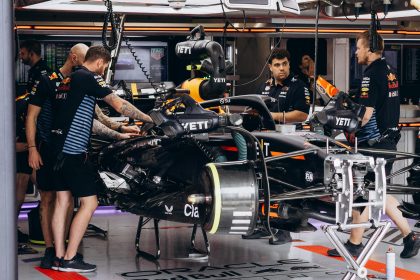If you ever want to start a fight among Formula 1 fans, just ask them what they think of the turbo-hybrid era. Some will wax lyrical about the marvels of modern engineering, the efficiency, the sustainability, and the fact that these cars could power a small village if you plugged them into the grid. Others will simply sigh, shake their heads, and mutter something about the death of noise. As we stand in 2025, with the next revolution in F1 power units looming on the horizon, it’s time to ask: was the turbo-hybrid era a triumph of engineering, or did it kill the soul of the sport?
Turbo-Hybrid Era Arrival and F1 Noise
Let’s set the scene: it’s 2014. The world is still reeling from the sound of Sebastian Vettel’s four consecutive titles, and the V8s are about to be silenced—literally. The new regulations demand 1.6-litre turbocharged V6 hybrid power units, complete with Energy Recovery Systems (ERS) that sound more like something you’d find in a spaceship than a racing car. The aim? Efficiency, sustainability, and a nod to the future of road cars.
The result? Well, the first thing everyone noticed was the sound—or rather, the lack of it. Gone was the shriek of the V10s and the bark of the V8s, replaced by a muted growl and the occasional whir of electric motors.
It’s like going from Metallica to elevator music.
The decibel drop was dramatic: from the 130–145 dB of the V10/V8 era to a mere 120–128 dB in the turbo-hybrid age—a reduction that made every race feel like it was being run in a library.
But let’s not get ahead of ourselves. The story of the turbo-hybrid era is not just about what we lost, but also about what we gained.
Mercedes Dominance in the Turbo-Hybrid Era
If there’s one word that defines the turbo-hybrid era, it’s Mercedes. From 2014 onwards, the Silver Arrows became the gold standard, winning every Constructors’ Championship from 2014 through at least 2021, and making the rest of the grid look like they were racing in a different category. Lewis Hamilton, already a world champion, became a legend, racking up six titles in this period alone. Nico Rosberg managed to sneak one in 2016 before promptly retiring—perhaps wisely, before the Hamilton juggernaut rolled over him again.
The secret? Mercedes didn’t just build a good engine; they built a masterpiece. The 1.6-litre turbocharged V6 hybrid power unit, with its MGU-K and MGU-H systems, was a marvel of efficiency and power, producing over 900 horsepower while sipping fuel like a Prius on a Sunday drive. The rest of the field spent years playing catch-up, and by the time Ferrari and Red Bull started to close the gap, the damage was done.
Let’s wait for the third race before calling anyone a legend.
Pedro, probably, but also every sensible F1 fan in 2014.
For a deep dive into the technical revolution, check out this explainer: Turbo Hybrid Era in Formula 1 Explained – YouTube
Complexity and Cost in F1 Engineering
Of course, all this engineering brilliance came at a price—literally. The new power units were so complex and expensive that smaller teams struggled to keep up. Customer teams found themselves paying eye-watering sums for engines that were, more often than not, a step behind the works teams. The days of the plucky privateer taking on the giants were well and truly over.
And then there was the reliability. Early turbo-hybrid engines were as fragile as a politician’s promise, with drivers racking up grid penalties for exceeding their allocation of power units, turbochargers, and assorted hybrid components. The FIA’s attempts to limit costs by restricting the number of engines per season only made things worse, turning the grid into a game of mechanical musical chairs.
Yes, he’s fast. So was Jean Alesi. Look how that turned out.
Pedro
F1 Sound and Fan Backlash
Let’s address the elephant in the room—or rather, the lack of one. Formula 1 has always been as much about the senses as the spectacle. The smell of burning rubber, the sight of cars dancing on the edge, and, above all, the sound. The V10s and V8s didn’t just make noise; they made memories. The turbo-hybrid engines, for all their technical wizardry, simply couldn’t compete.
The numbers tell the story: V10s and V8s screamed at 130–145 dB, while the turbo-hybrids hum along at 120–128 dB. To the untrained ear, that might not sound like much, but every 10 dB reduction is perceived as half as loud. For many fans, it was like watching a rock concert with the volume turned down.
The noise isn’t everything, though. And unfortunately, things don’t get much better for the V6 hybrids when we think about the competition either.
Goodwood: The best F1 engine eras ranked
Engineering Marvels and Sustainability
But let’s give credit where it’s due. The turbo-hybrid era pushed the boundaries of what’s possible in automotive engineering. Thermal efficiency soared from 20–30% in the 1980s turbo era to over 50% in the current power units—a figure that would make any engineer weep with joy. The MGU-H and MGU-K systems turned waste heat and braking energy into usable power, making these the most efficient racing engines ever built.
And let’s not forget the environmental angle. In an age where sustainability is more than just a buzzword, Formula 1’s commitment to hybrid technology and fuel efficiency set a new standard for motorsport. The lessons learned on the track have filtered down to road cars, making the turbo-hybrid era a genuine force for progress.
Since the beginning of the hybrid era in 2014, Mercedes has been the team to beat—and much of that success came from the PU106A engine, a true masterpiece of automotive engineering. This 1.6-liter turbo-hybrid V6 delivered over 1,000 hp in combined output and redefined energy efficiency in Formula 1.
Discover the Formula 1 engines that made history – RIO Expert
Heroes, Rivalries, and the End of an Era
For all the talk of technology, Formula 1 is still a sport of heroes and heartbreak. The turbo-hybrid era gave us some of the most intense rivalries in recent memory—Hamilton vs. Rosberg, Hamilton vs. Vettel, and, more recently, the rise of Max Verstappen and the resurgence of Red Bull. The battles may have been quieter, but they were no less fierce.
And let’s not forget the controversies. From the “party mode” engine maps to the infamous “oil burning” debates and the shadowy world of fuel flow sensors, the turbo-hybrid era had its fair share of intrigue. The complexity of the regulations often left fans—and sometimes even the teams—scratching their heads.
DRS doesn’t make you brave, it makes you pass.
Pedro
Was the Turbo-Hybrid Era a Triumph?
So, was the turbo-hybrid era a triumph of engineering or the death of noise? The answer, as always in Formula 1, depends on who you ask.
If you value progress, efficiency, and the relentless pursuit of technological perfection, then the turbo-hybrid era stands as a towering achievement. The cars are faster, smarter, and more efficient than ever before. The engineering is breathtaking, and the lessons learned will shape the future of both motorsport and road cars for years to come.
But if you’re a romantic, if you believe that Formula 1 should make your heart race and your ears ring, then the turbo-hybrid era may feel like a pale imitation of the sport you fell in love with. The noise is gone, the competition has been lopsided, and the soul of the sport—at least for some—has been lost in a haze of kilowatts and kilojoules.
As we look ahead to the next chapter in 2026, with promises of even more sustainable, lighter, and efficient power units, the debate will rage on. But one thing is certain: Formula 1 will never stand still, and neither will its fans.
Waste a bit more time
- The best F1 engine eras ranked | GRR – Goodwood
- Discover the Formula 1 engines that made history – RIO Expert
- Renault in Formula One – Wikipedia
- Turbocharged F1 Engines: Engineering the Power Revolution

